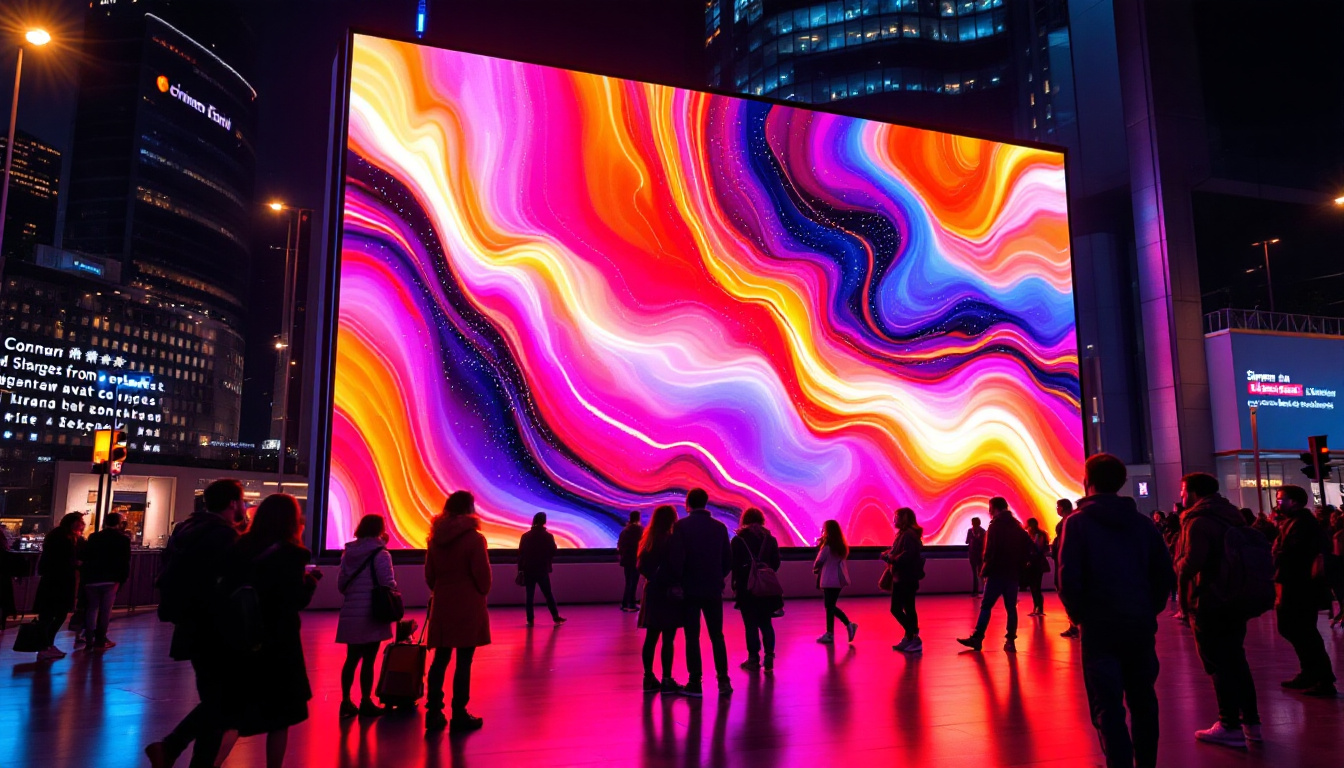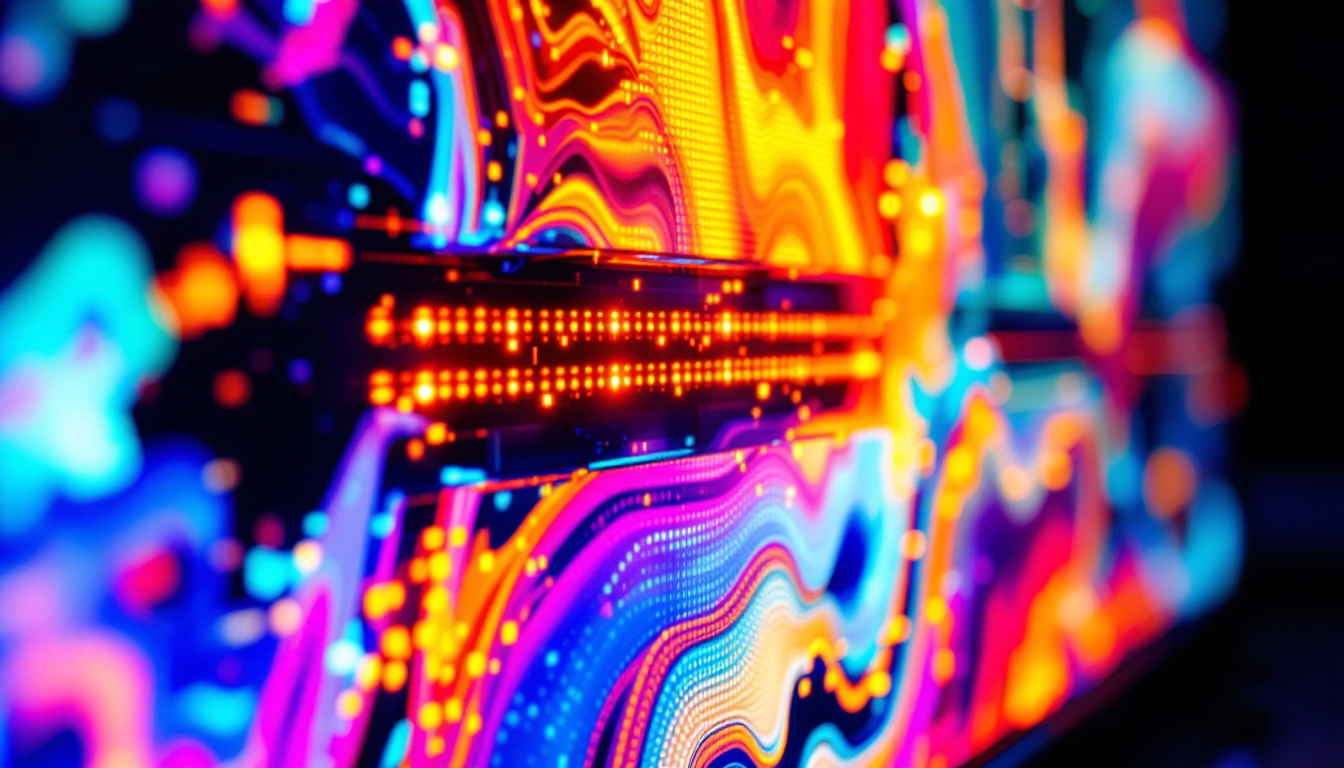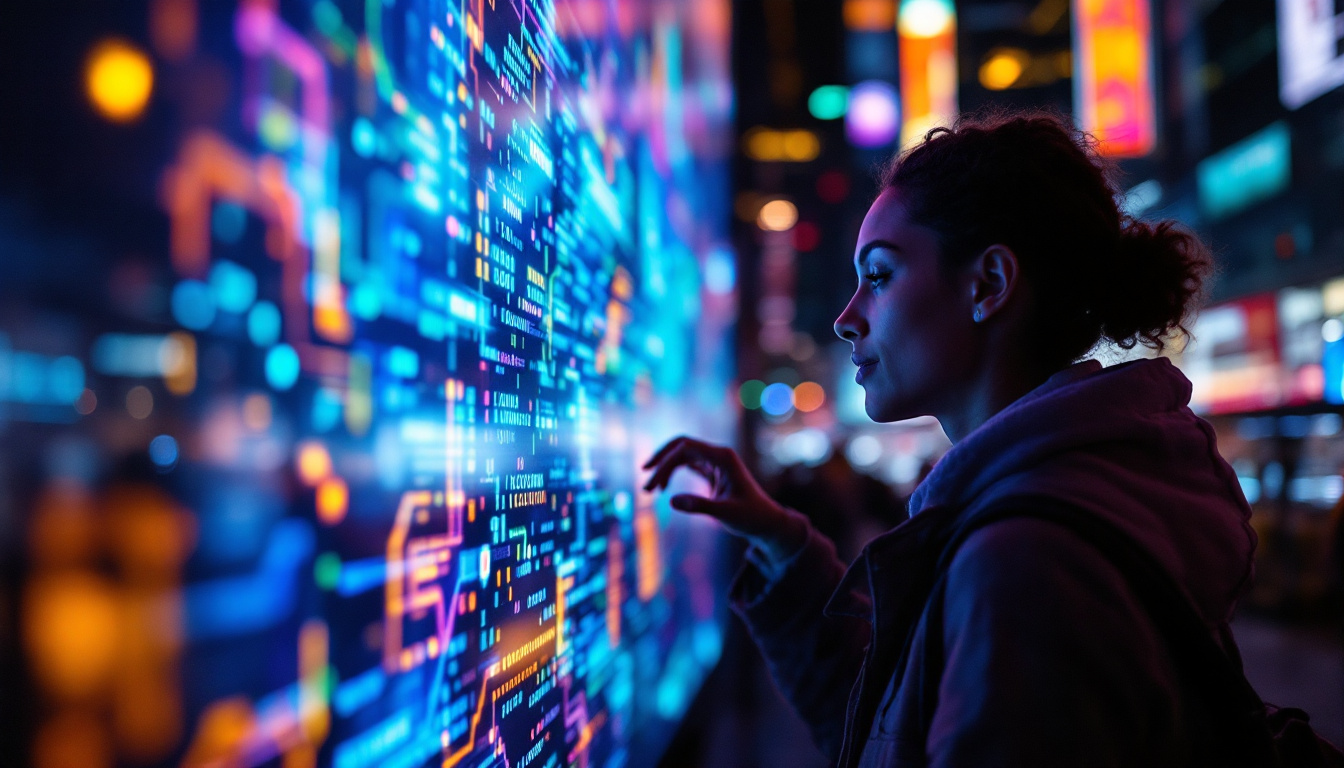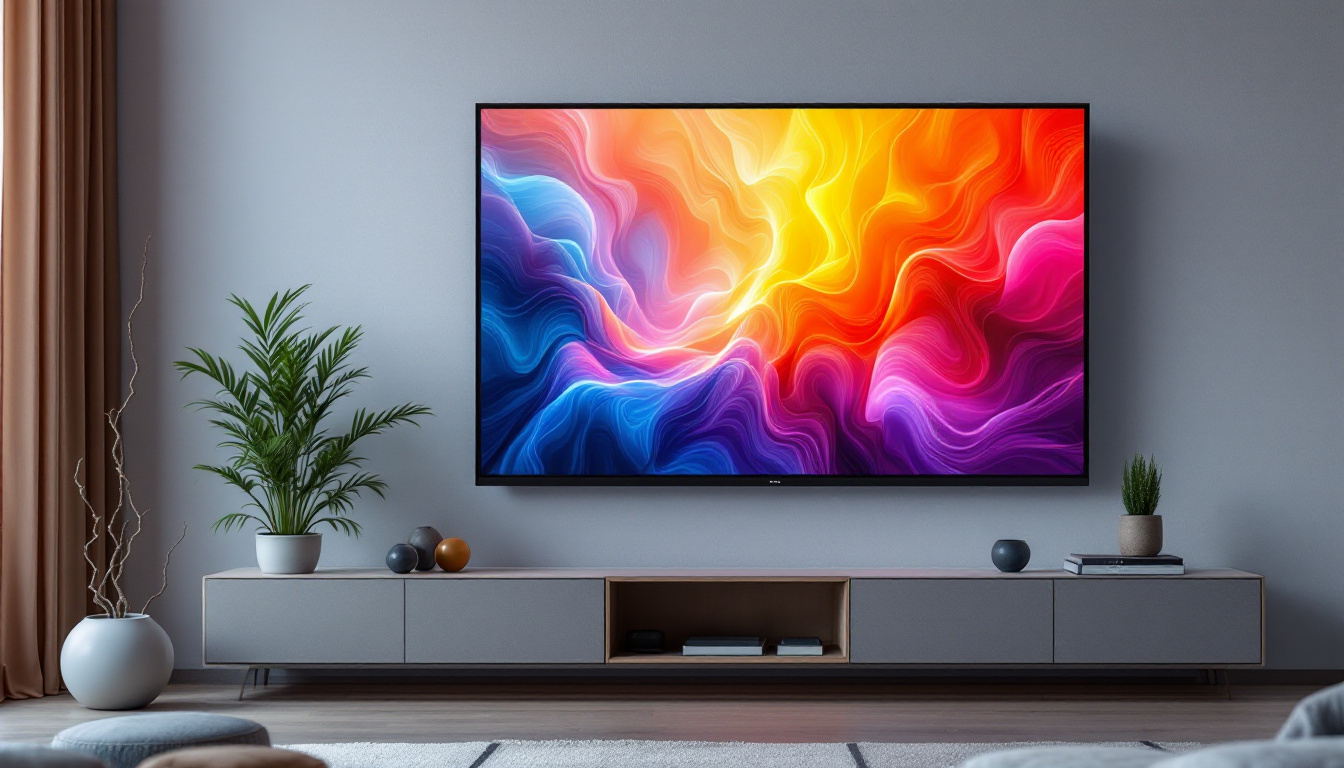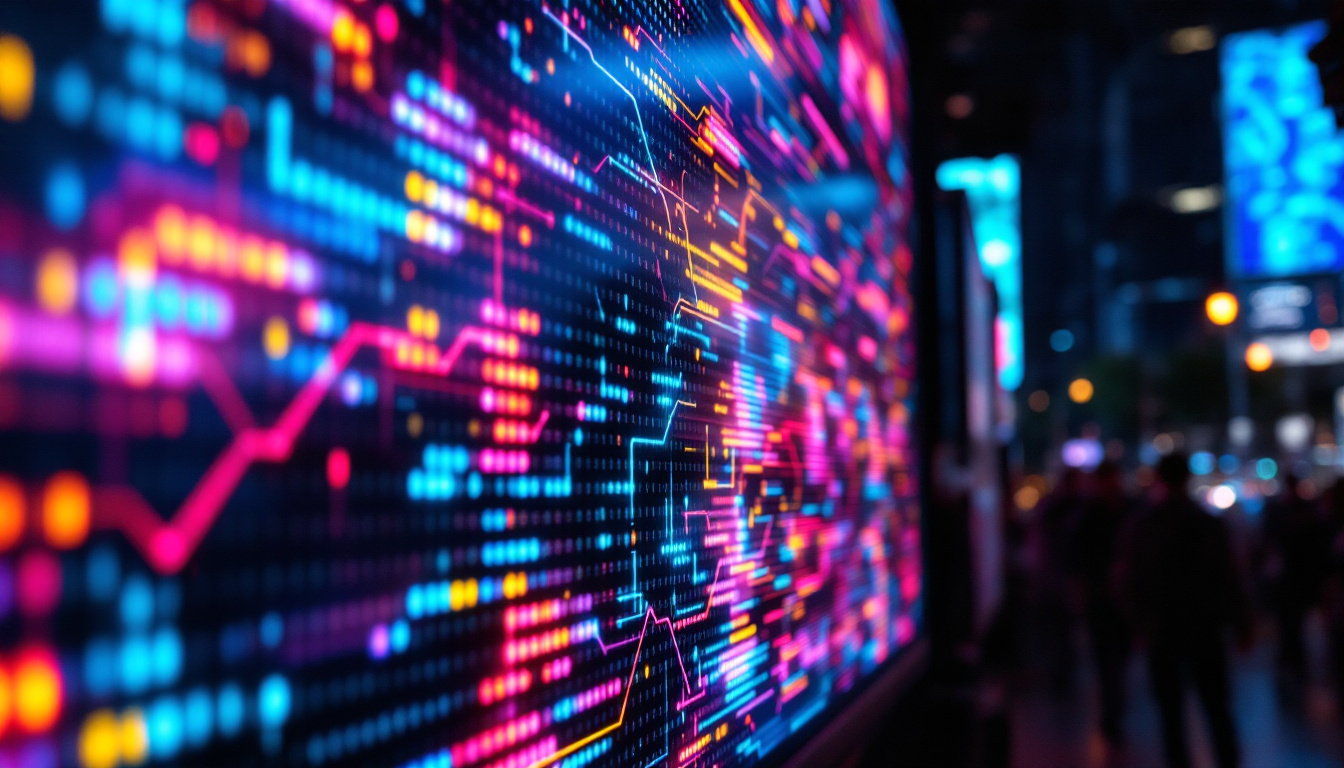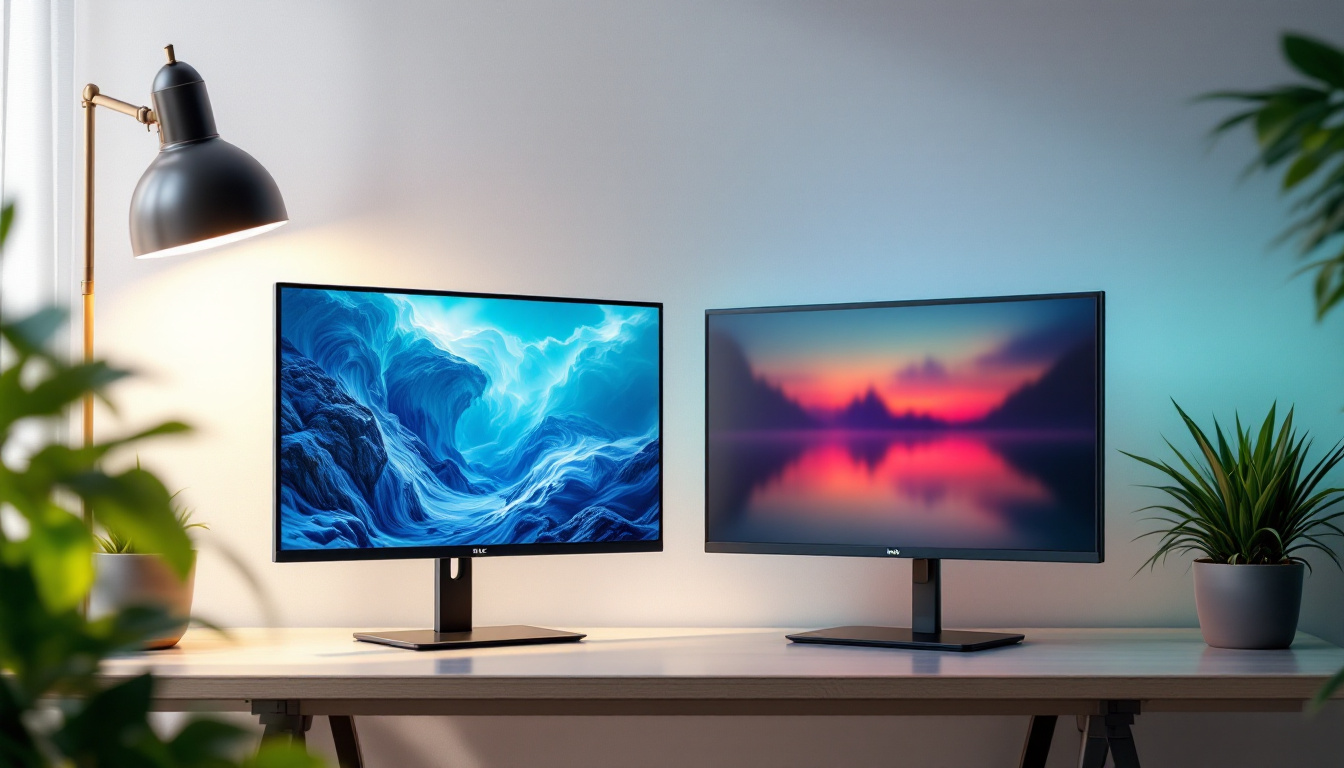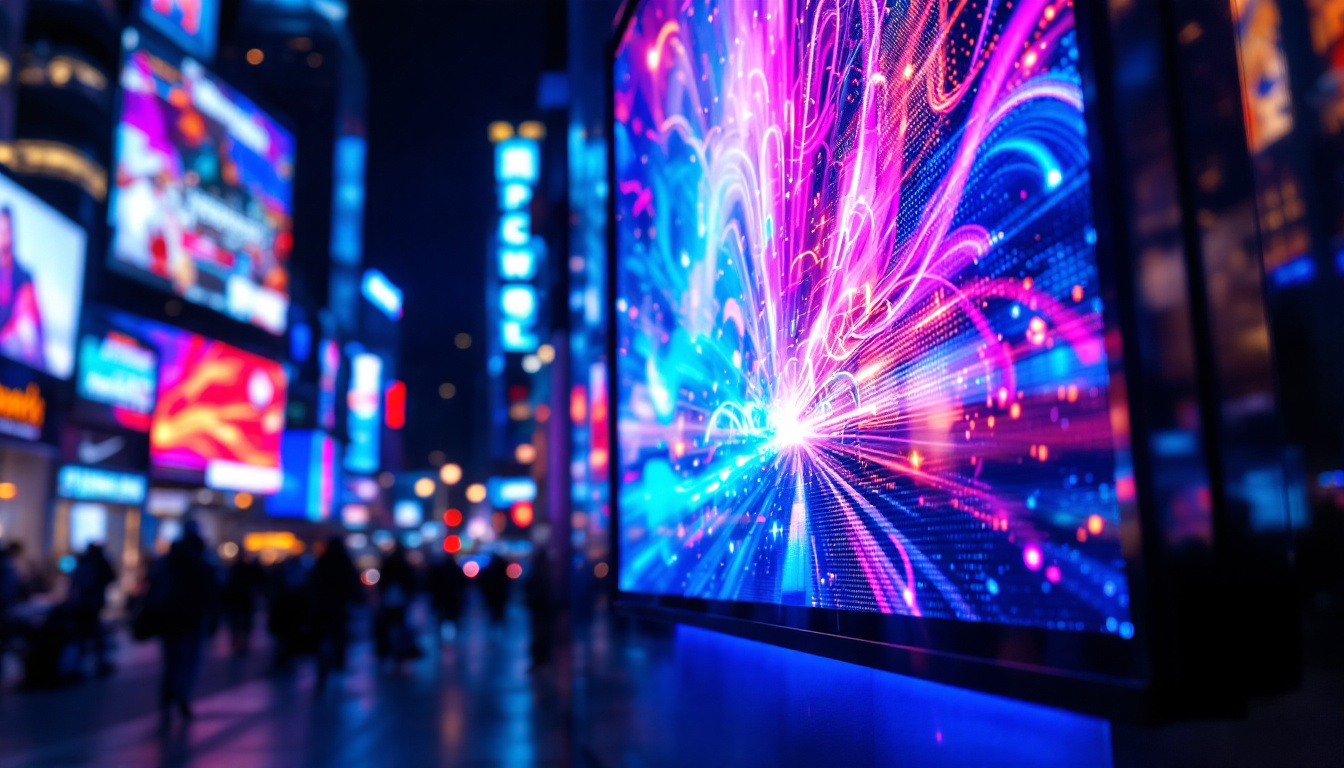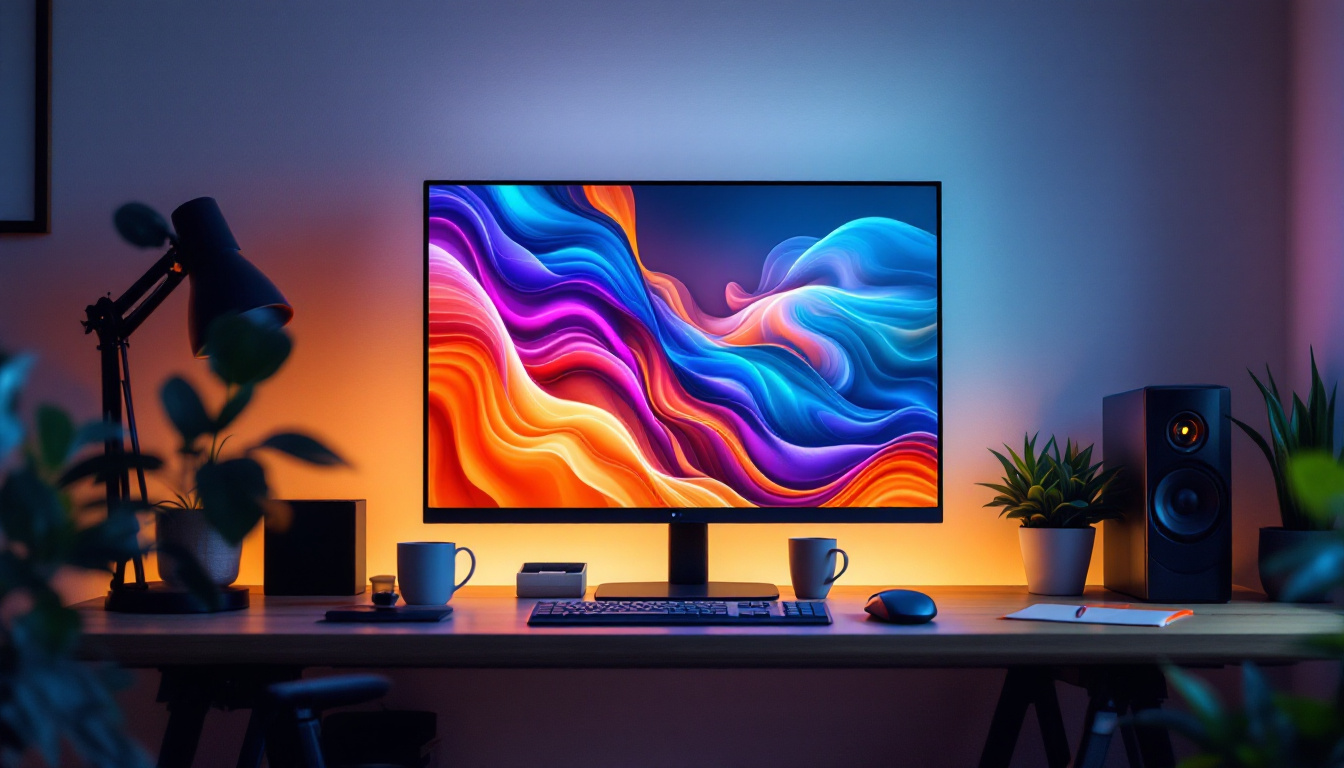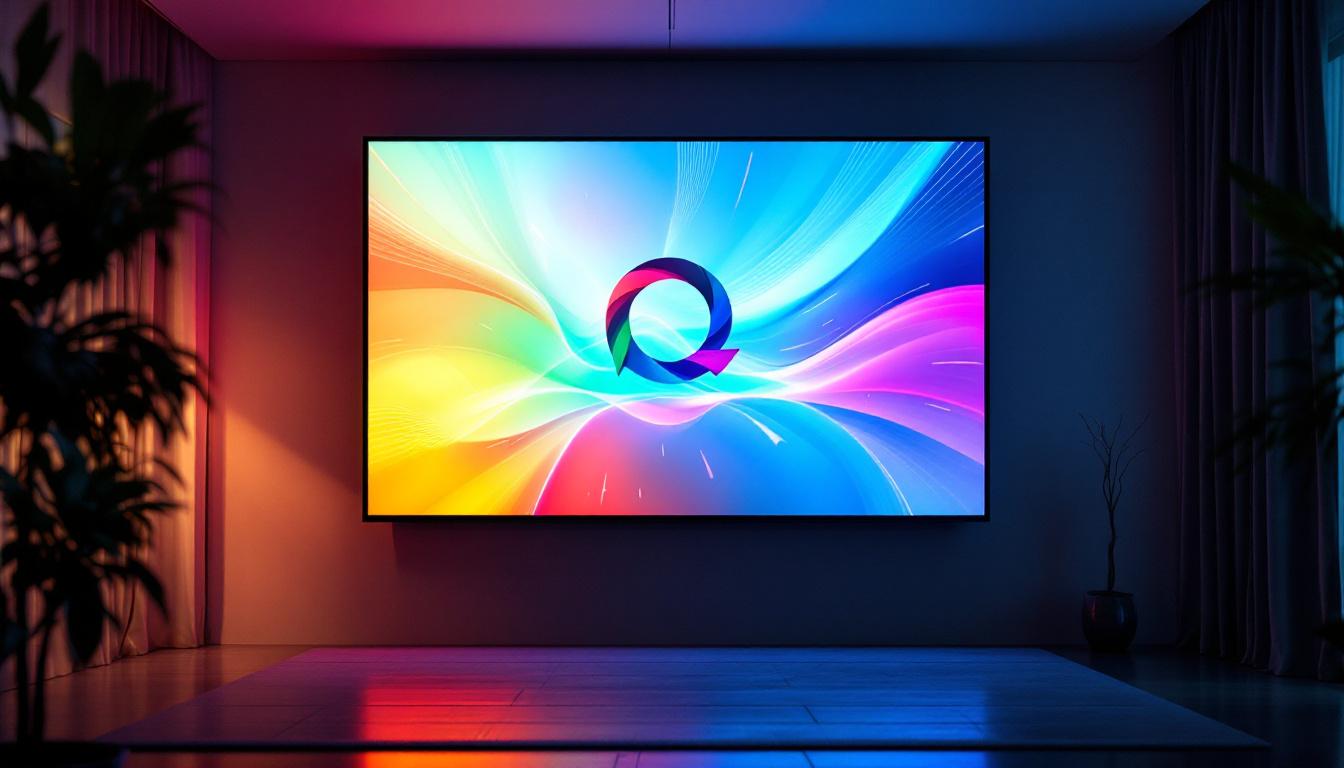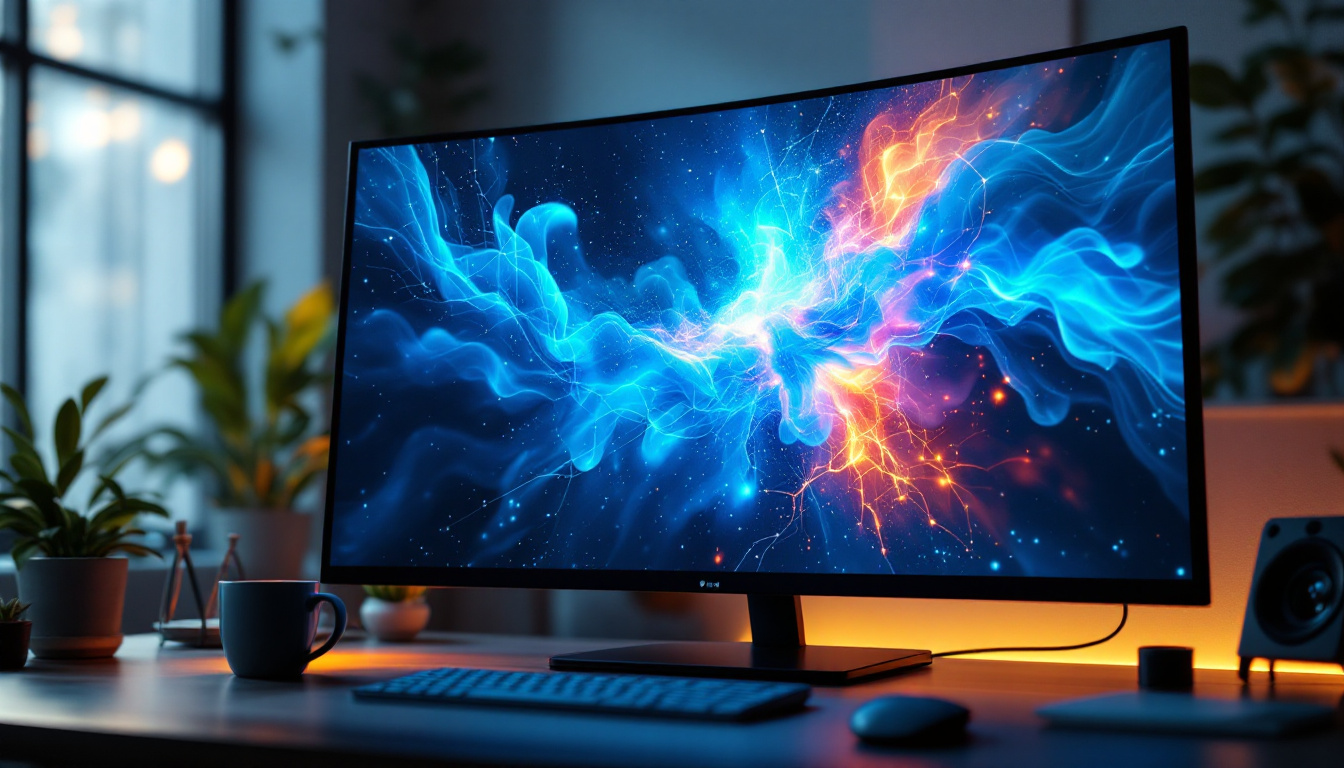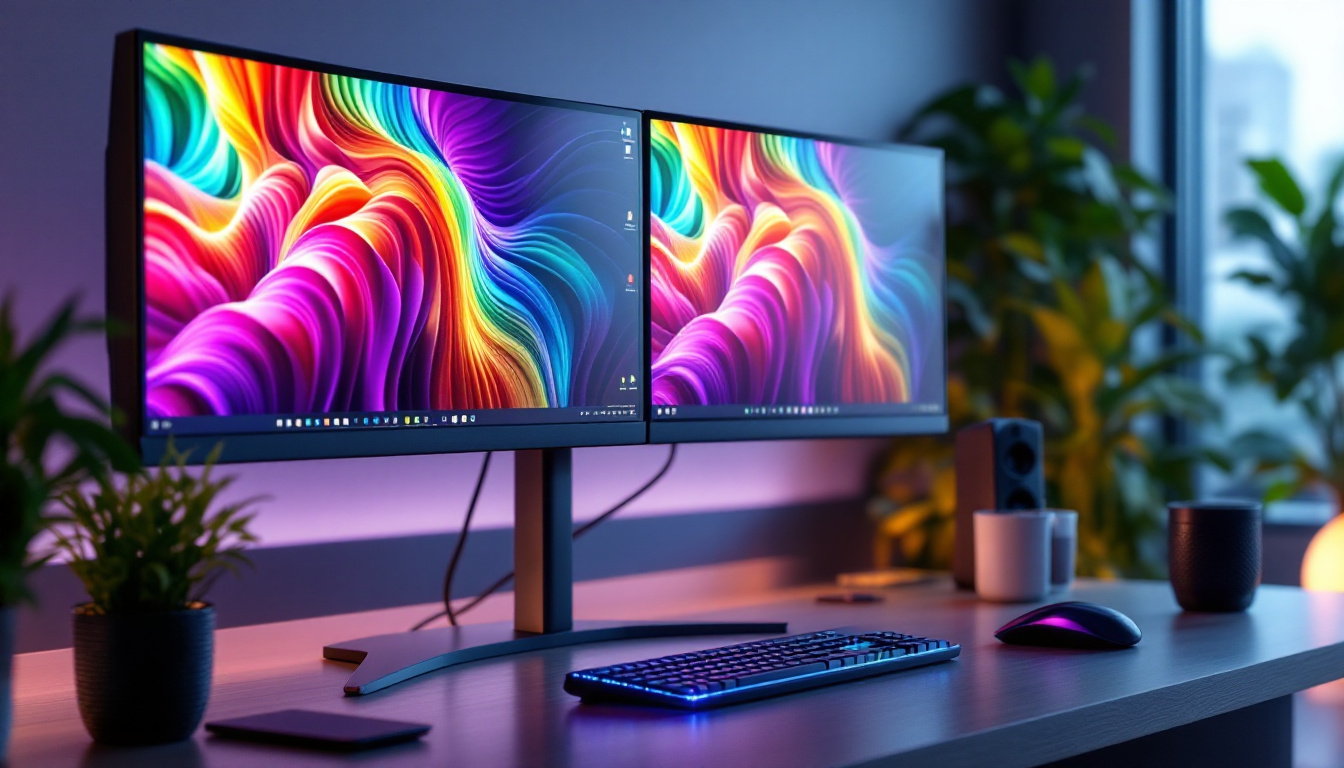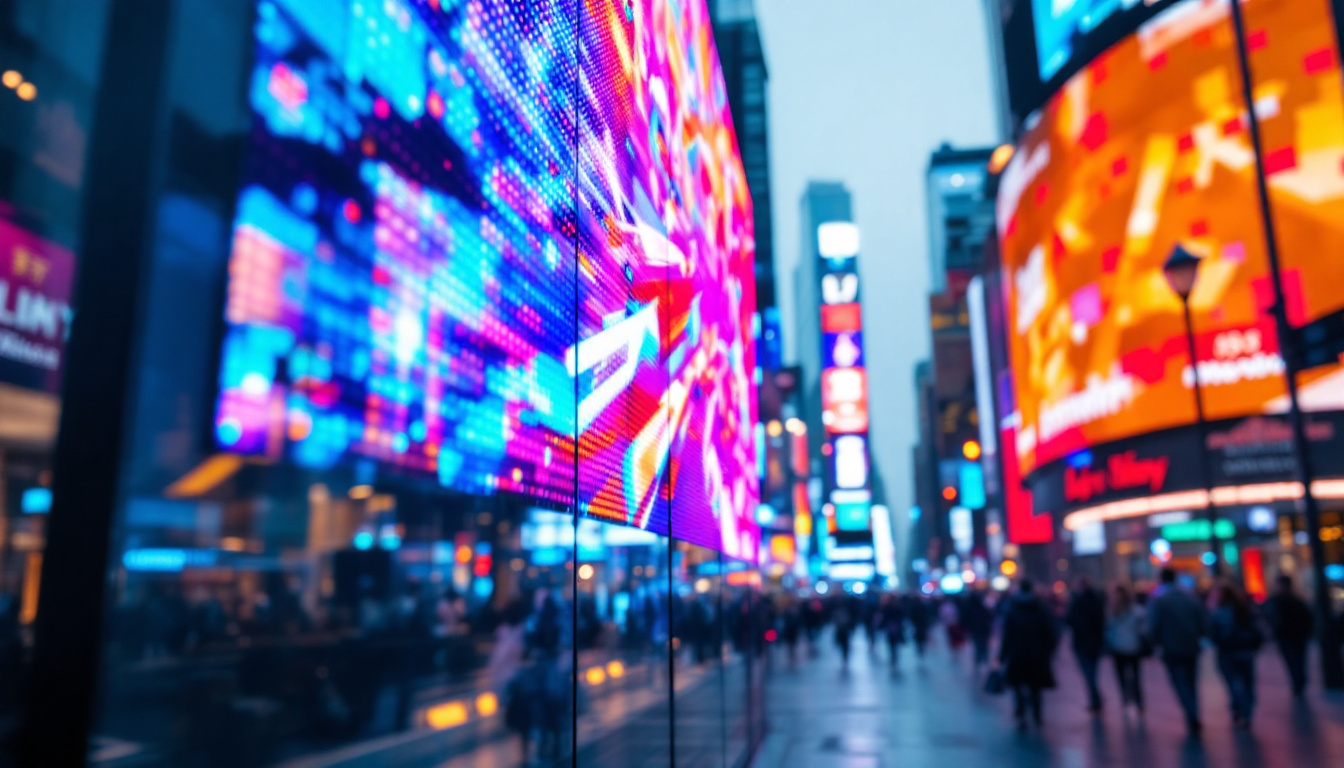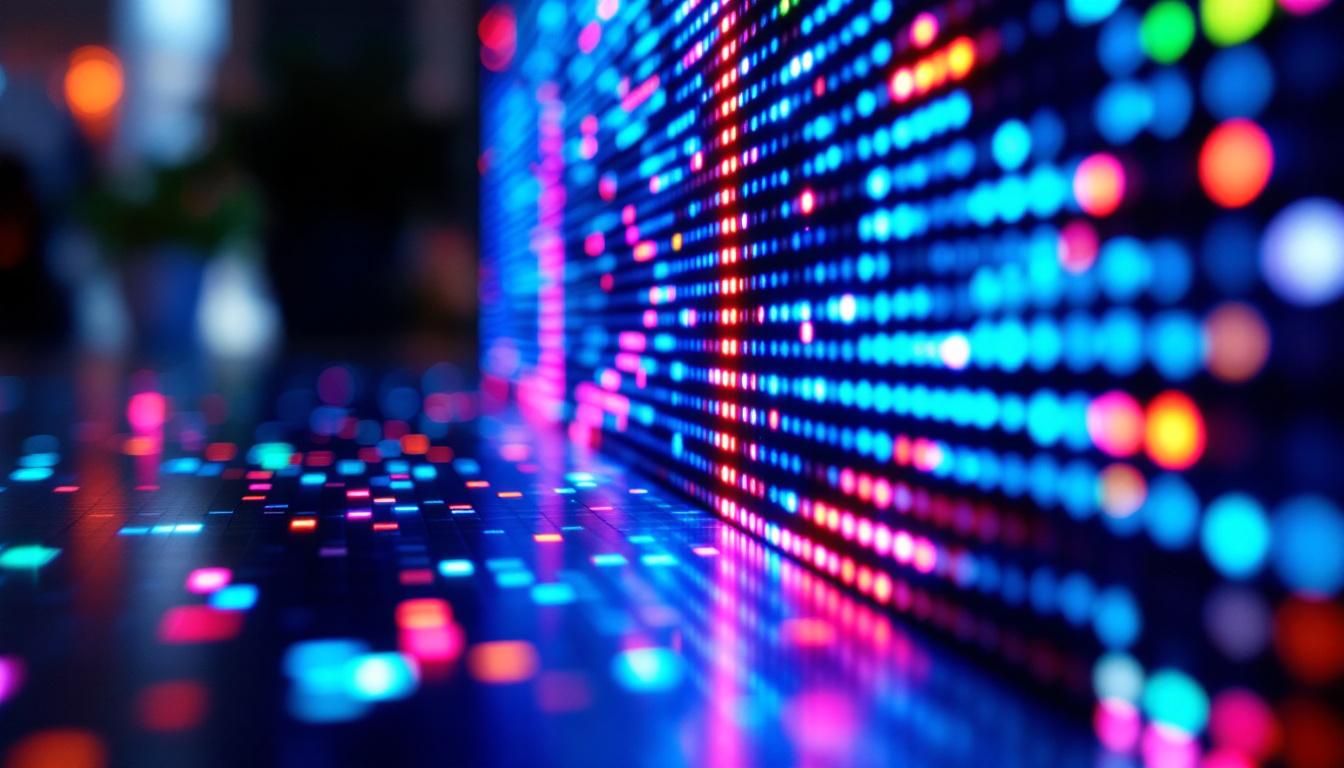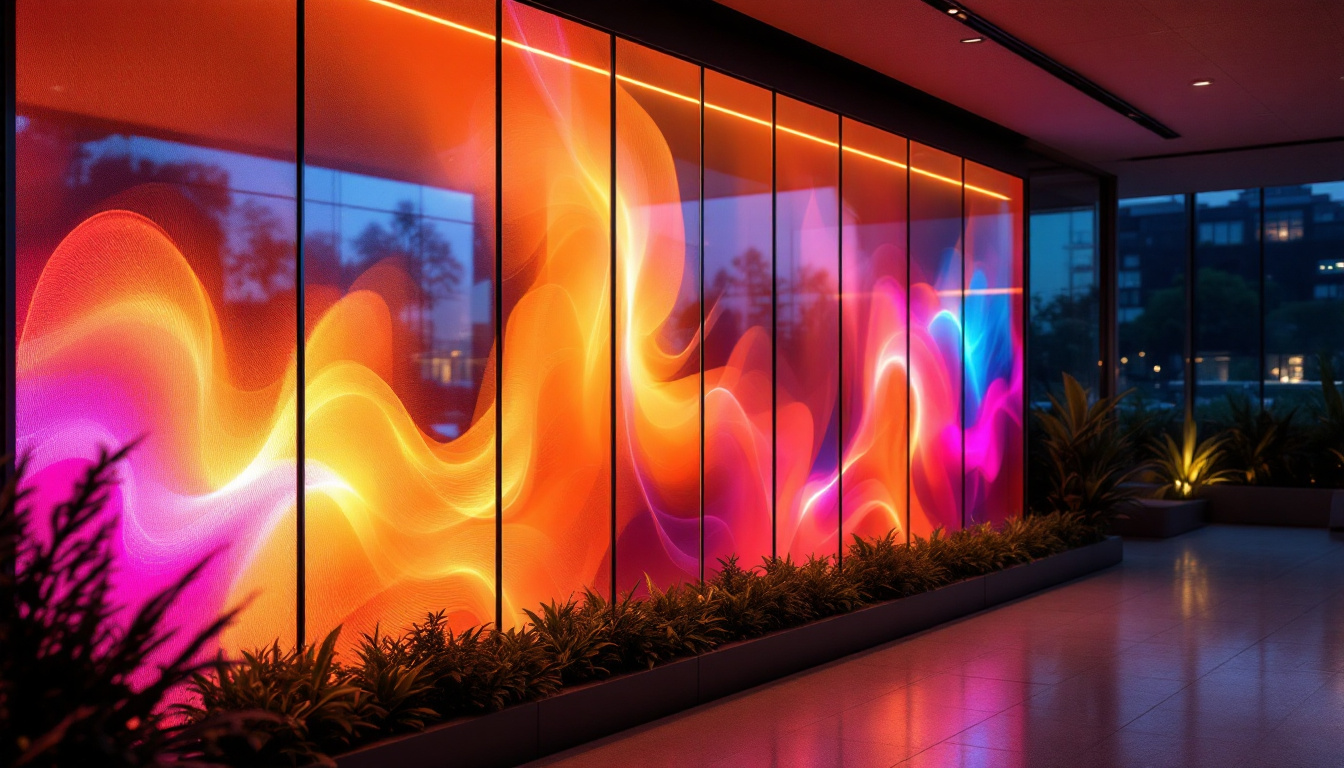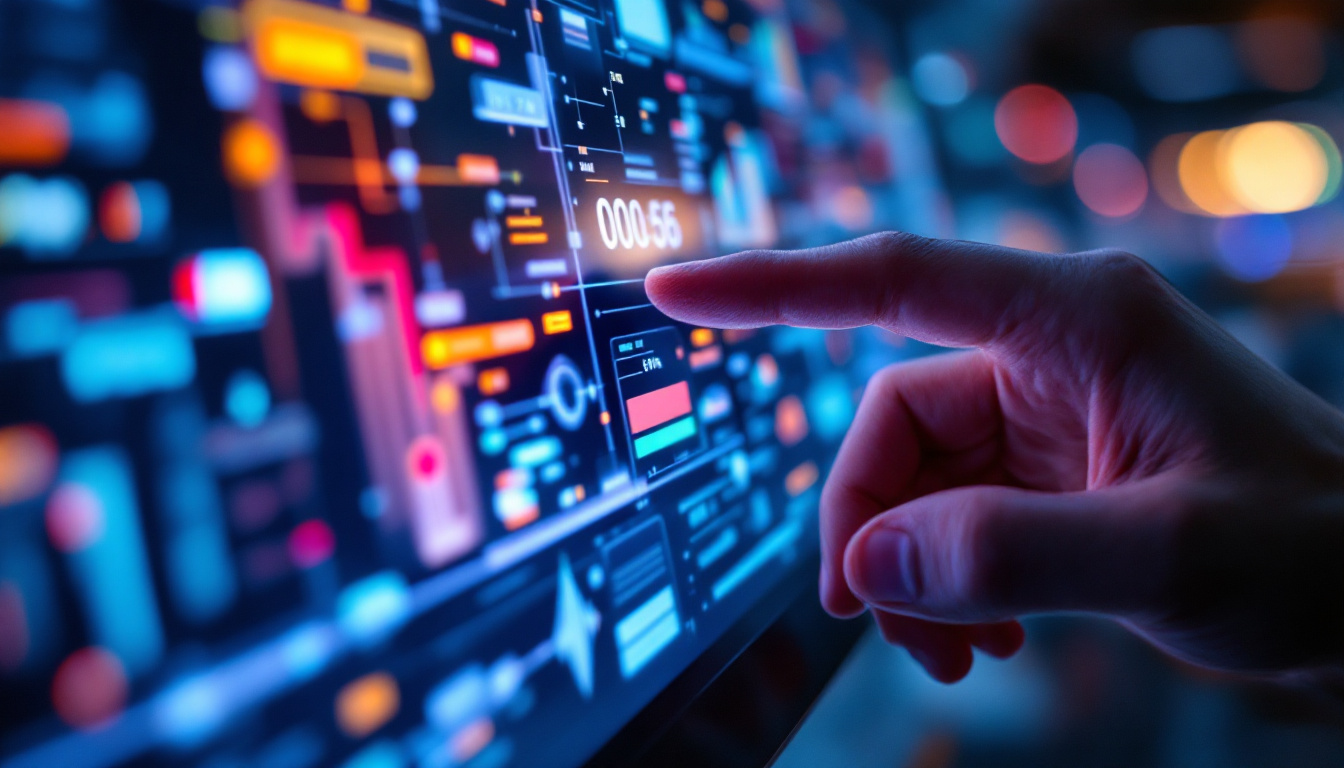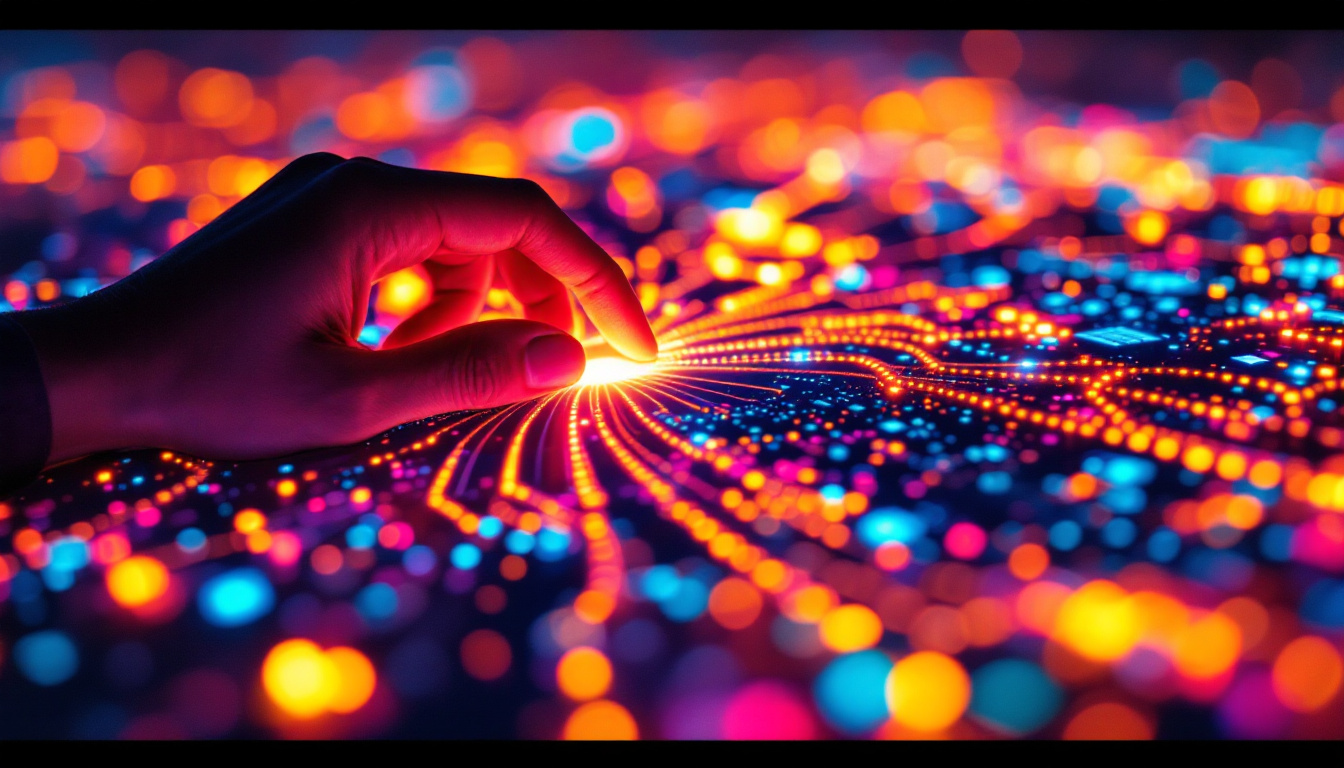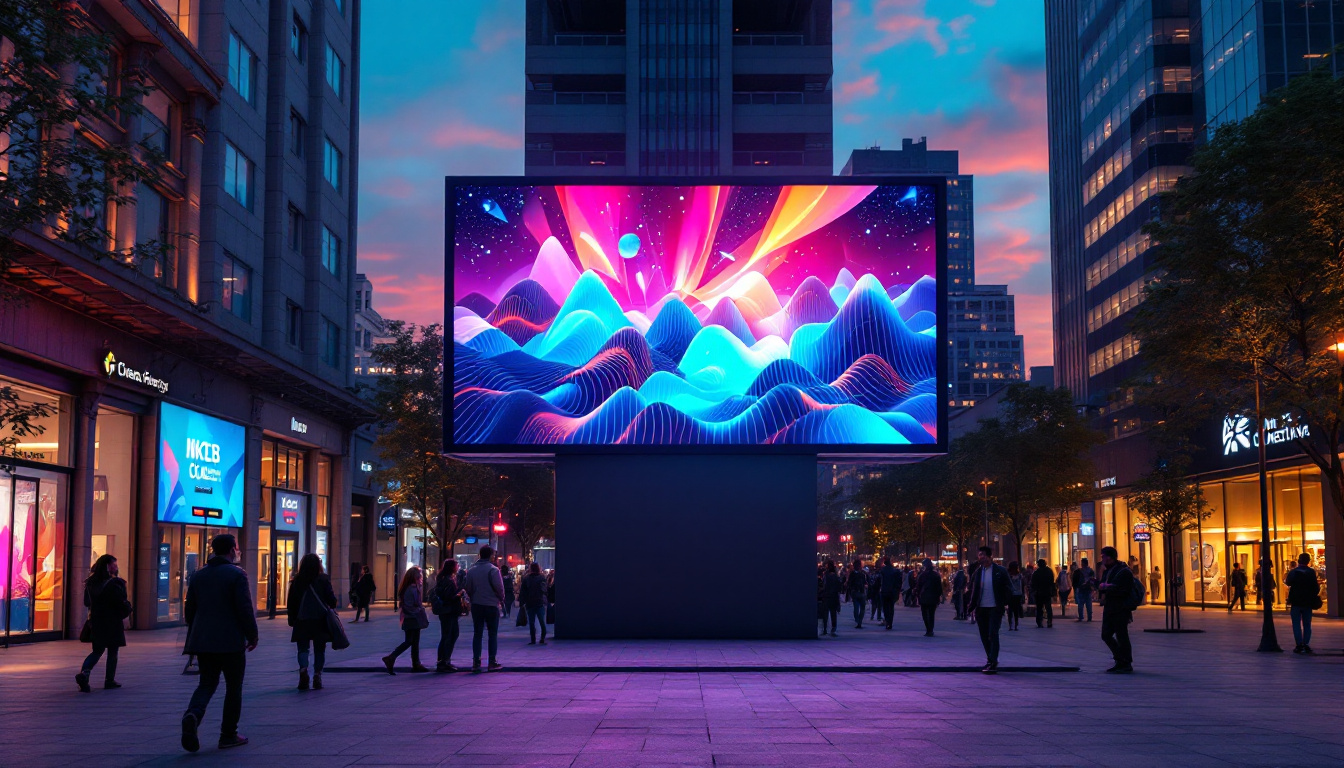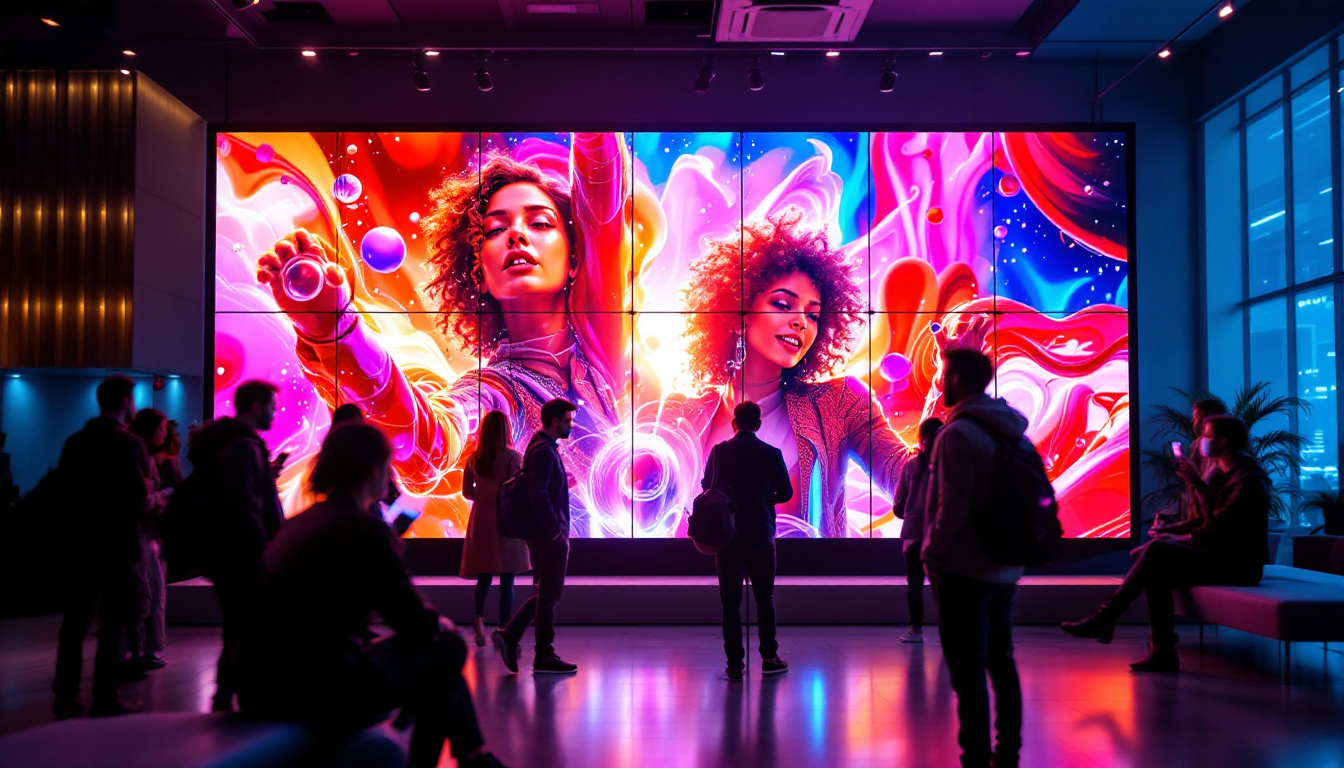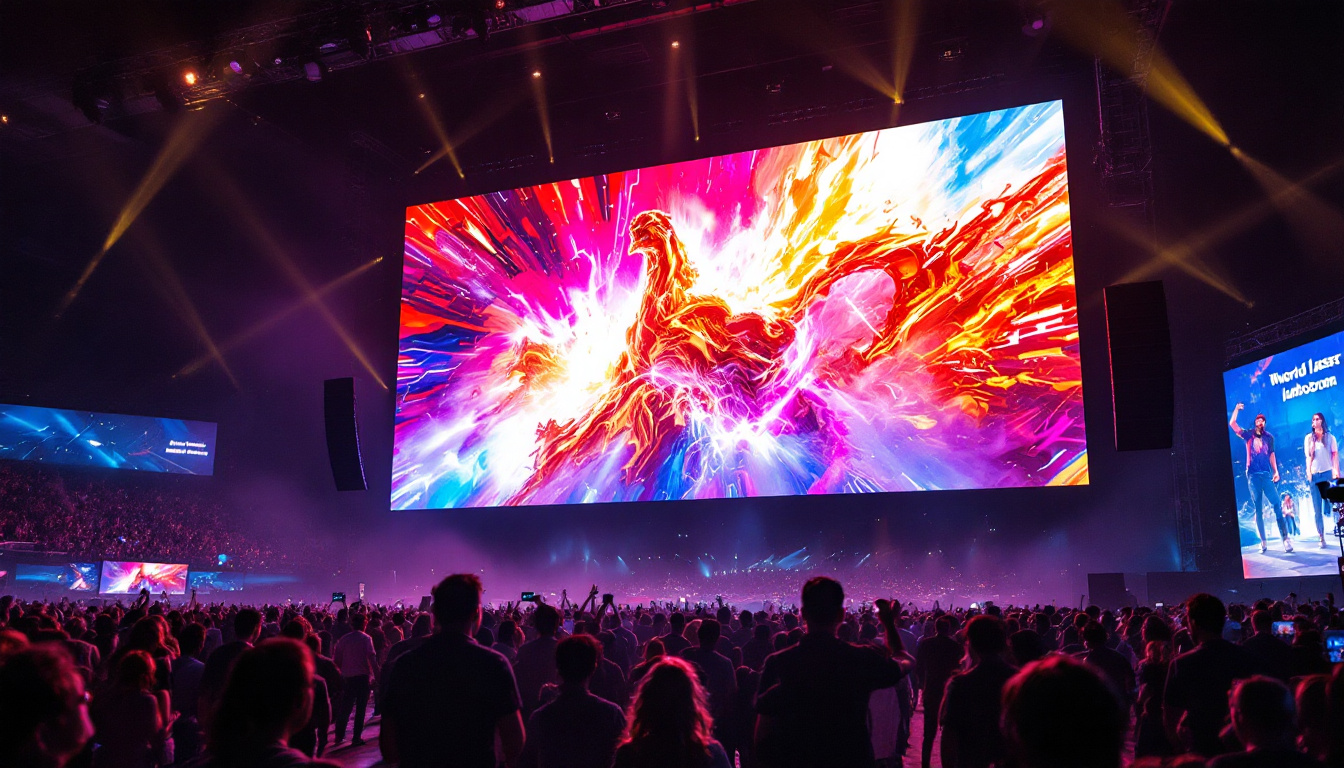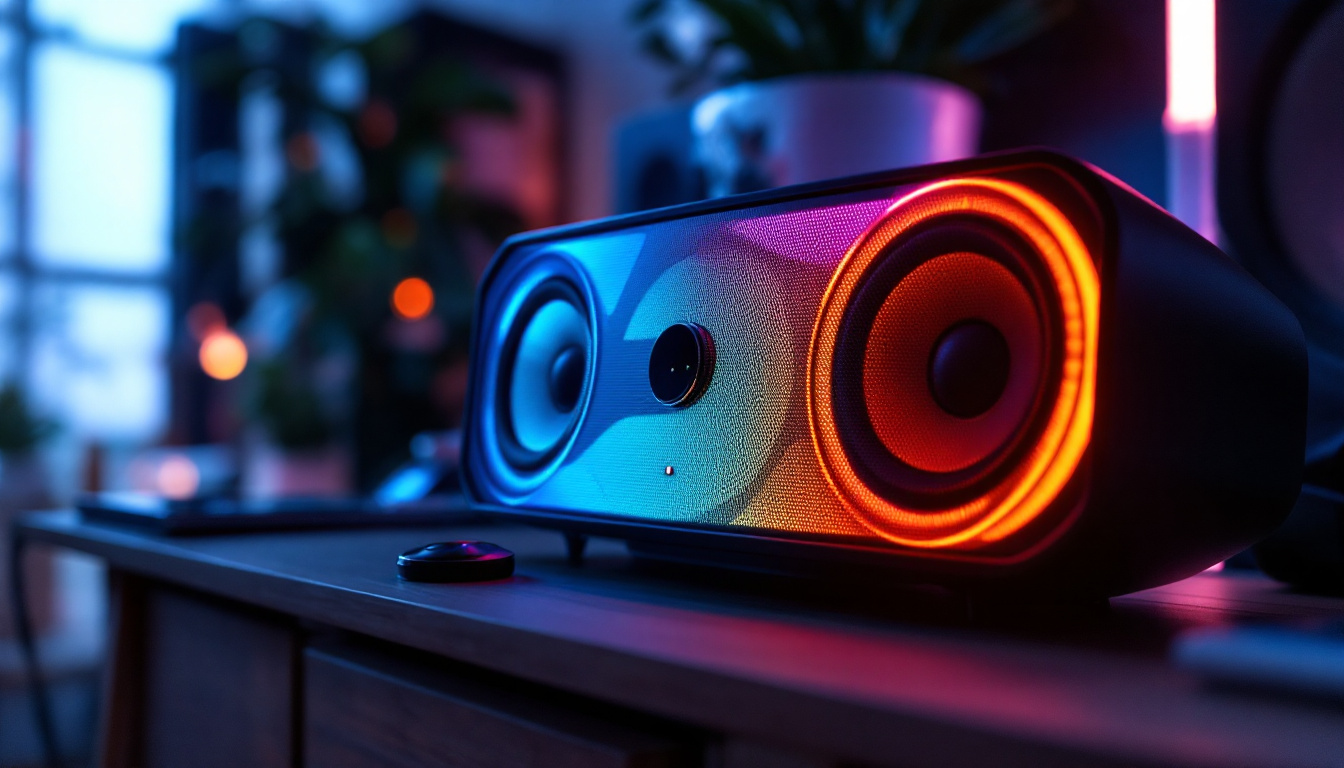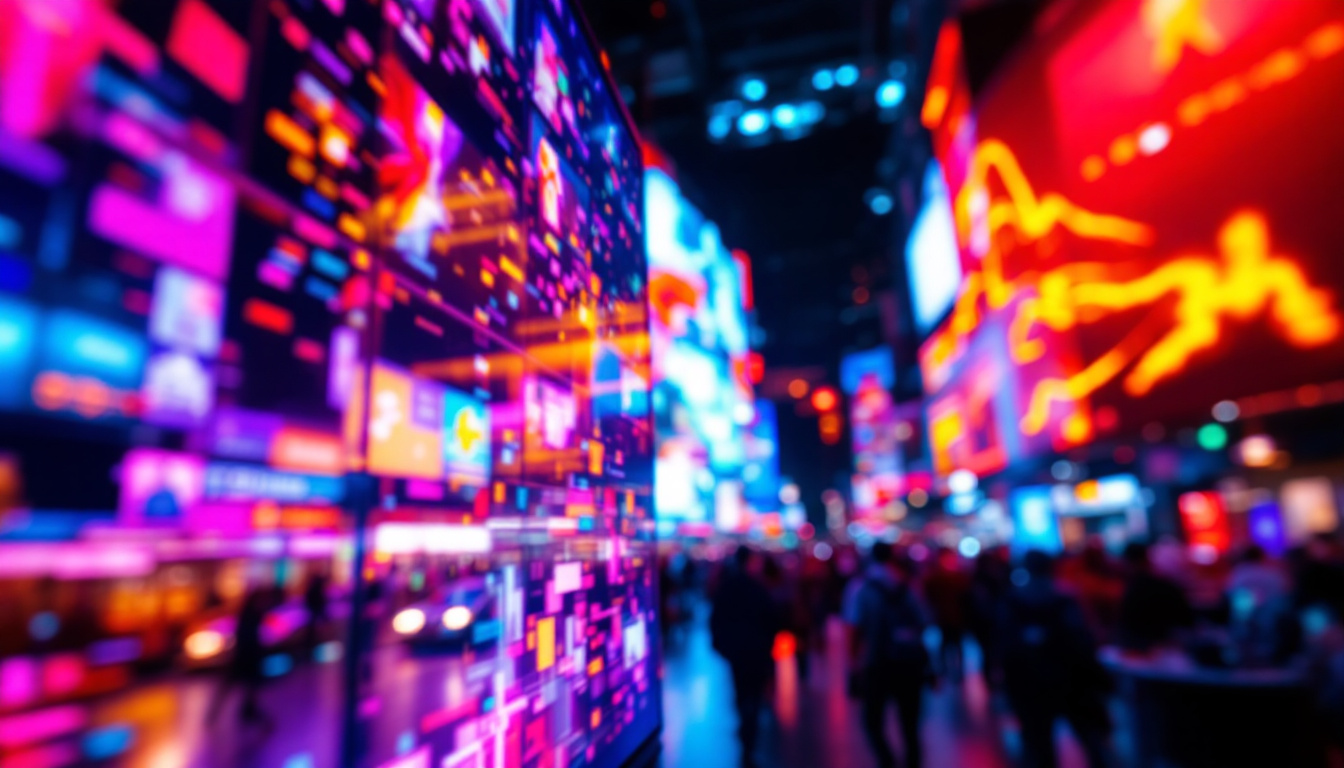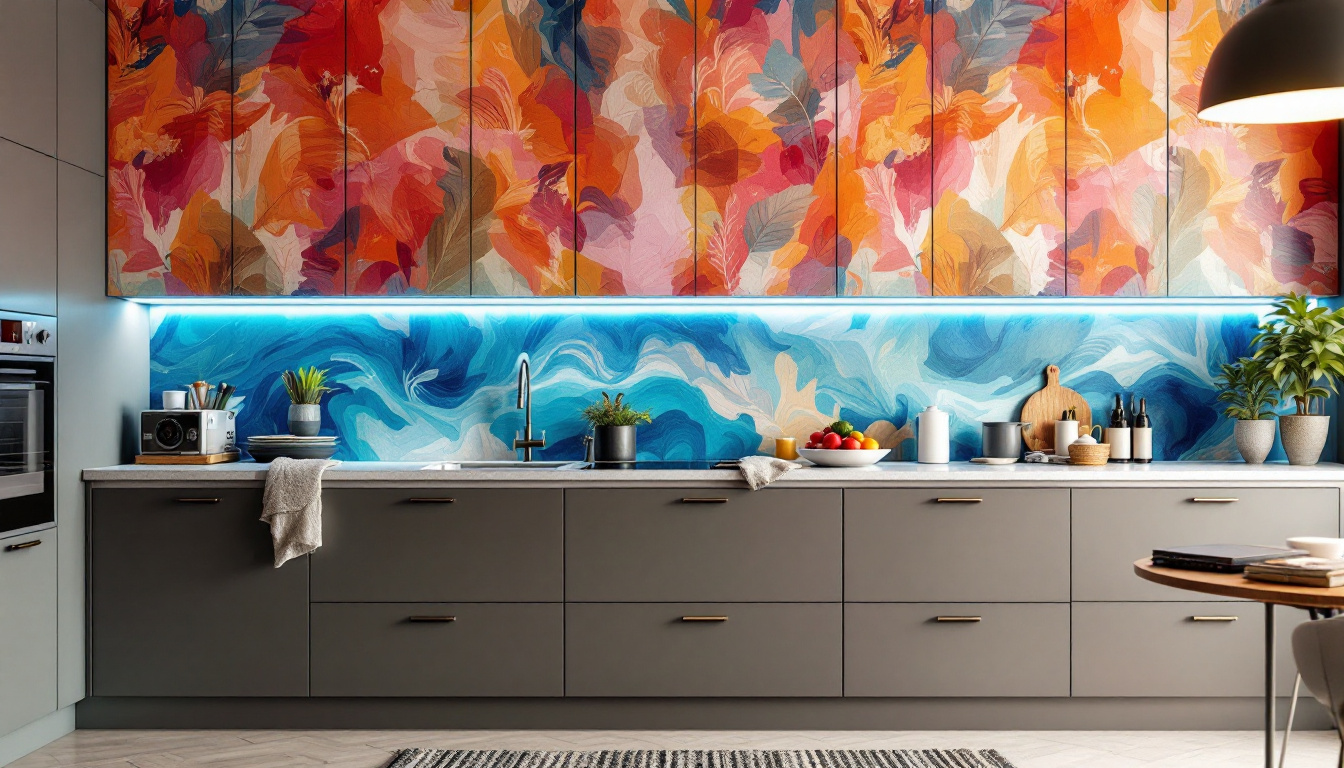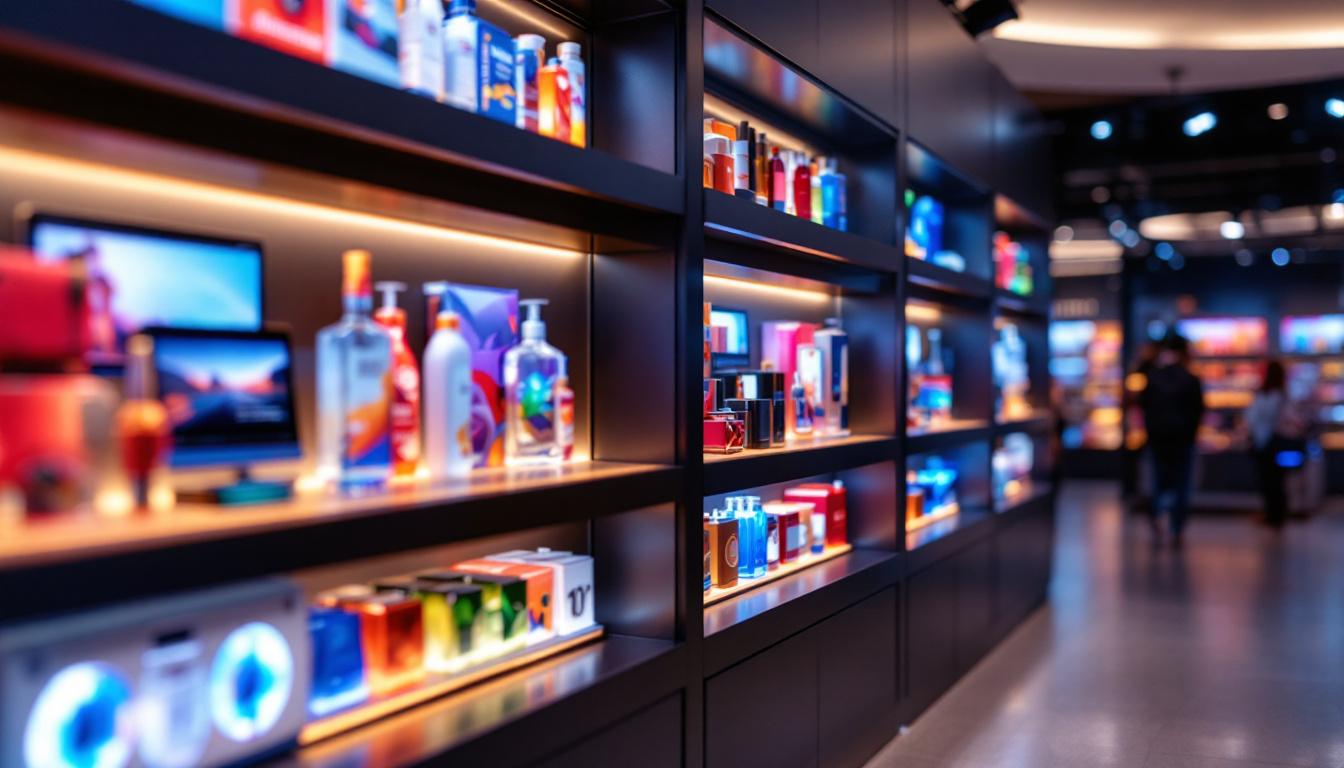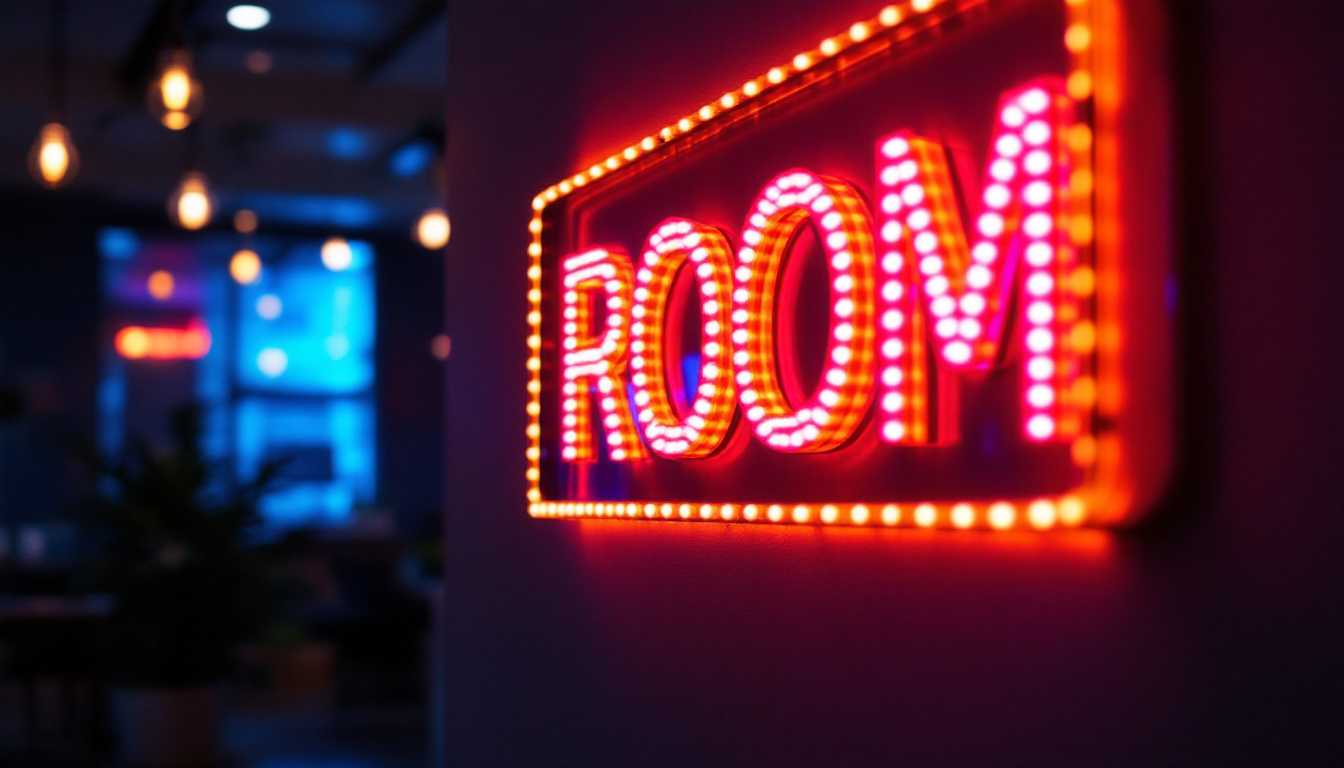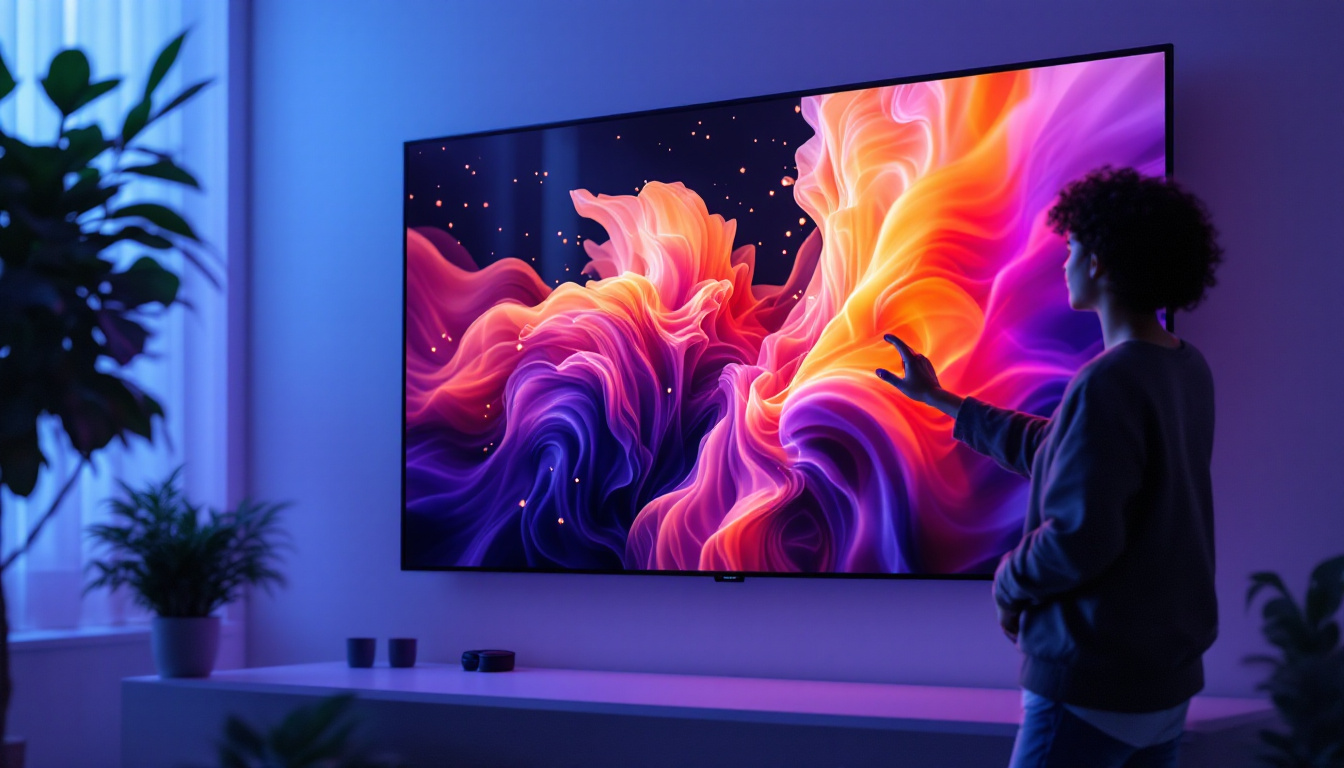In recent years, LED displays have become a staple in various industries, from advertising to entertainment and even in personal devices. Their vibrant colors, energy efficiency, and versatility have made them a preferred choice for many applications. This article delves into the intricacies of LED displays, exploring their technology, applications, and advantages.
Understanding LED Technology
LED, or Light Emitting Diode, is a semiconductor device that emits light when an electric current passes through it. The technology behind LEDs has evolved significantly over the years, leading to the development of high-quality displays that are not only bright but also energy-efficient. This advancement has made LEDs a popular choice in various applications, from household lighting to large-scale advertising displays, fundamentally changing how we interact with visual media.
The Basics of LED Functionality
At its core, an LED display consists of numerous tiny diodes that emit light in various colors. These diodes are arranged in a grid format, allowing for the creation of images and videos. The combination of red, green, and blue (RGB) diodes enables the display to produce a wide spectrum of colors, making it suitable for dynamic content. The precision with which these diodes can be controlled allows for stunning visuals that can captivate audiences, whether in a home theater or at a bustling outdoor event.
When electricity flows through the diodes, they illuminate, and by varying the intensity of each color, the display can create the desired visual output. This ability to control light at a granular level is what sets LED technology apart from traditional display methods. Additionally, the rapid response time of LEDs contributes to their ability to display fast-moving images without blurring, making them ideal for applications such as gaming and sports broadcasting, where clarity and speed are paramount.
Types of LED Displays
There are several types of LED displays, each designed for specific applications. The most common types include:
- Direct View LED Displays: These are used for large-scale outdoor advertising and events. They are known for their exceptional brightness and visibility in daylight, making them a favorite for billboards and concert screens.
- LED Backlit Displays: Often found in televisions and computer monitors, these displays use LEDs to illuminate an LCD panel, enhancing color accuracy and contrast. This technology has allowed for thinner and lighter screens, revolutionizing the design of consumer electronics.
- MicroLED Displays: A newer technology that offers even finer pixel density, MicroLED displays are emerging as a competitor to OLED technology, providing superior brightness and color fidelity. Their modular nature allows for flexible screen sizes and shapes, paving the way for innovative applications in both commercial and residential settings.
Moreover, the versatility of LED technology extends beyond just displays. LEDs are increasingly being integrated into architectural lighting, automotive lighting, and even wearable technology. Their long lifespan and low energy consumption make them an environmentally friendly choice, contributing to sustainability efforts across various industries. As research continues to advance, we can expect to see even more innovative uses for LED technology in the future, further enhancing our visual experiences in everyday life.
Applications of LED Displays
LED displays have a wide range of applications across various sectors. Their adaptability and efficiency make them suitable for both indoor and outdoor environments.
Advertising and Marketing
One of the most prominent uses of LED displays is in advertising. Billboards and digital signage equipped with LED technology can capture the attention of passersby with vibrant colors and dynamic content. These displays can be easily updated with new advertisements, making them a cost-effective solution for businesses looking to engage customers.
Moreover, the ability to display video content allows for more engaging marketing campaigns. Brands can showcase their products in action, tell stories, or even create interactive experiences that draw in potential customers.
Entertainment and Events
In the entertainment industry, LED displays are ubiquitous. Concerts, festivals, and sporting events utilize large LED screens to provide audiences with an immersive experience. These displays can show live feeds, graphics, and animations, enhancing the overall atmosphere of the event.
Additionally, LED technology is also prevalent in theaters and cinemas. The ability to create stunning visual effects and vibrant colors adds depth to the viewing experience, making it more enjoyable for audiences.
Corporate and Educational Use
LED displays are increasingly being used in corporate environments for presentations, meetings, and training sessions. Their clarity and brightness ensure that content is visible to all participants, regardless of the room’s lighting conditions.
In educational settings, LED displays can facilitate interactive learning experiences. Teachers can display multimedia content that enhances understanding and retention, making lessons more engaging for students.
Advantages of LED Displays
LED displays offer numerous advantages over traditional display technologies, making them a popular choice for various applications. Understanding these benefits can help businesses and individuals make informed decisions when selecting display solutions.
Energy Efficiency
One of the most significant advantages of LED technology is its energy efficiency. LED displays consume considerably less power compared to traditional LCD or plasma displays. This not only reduces electricity costs but also contributes to a lower carbon footprint, making them an environmentally friendly option.
In addition, the longevity of LED displays means that they require less frequent replacement, further reducing waste and energy consumption associated with manufacturing and disposal.
Brightness and Visibility
LED displays are known for their exceptional brightness, which makes them highly visible even in direct sunlight. This feature is particularly important for outdoor applications, where traditional displays may struggle to compete with natural light.
The high contrast ratio of LED displays also enhances visibility, allowing for clear and vibrant images. This capability is crucial for advertising and entertainment, where capturing attention is paramount.
Durability and Reliability
LED displays are designed to withstand various environmental conditions, making them suitable for both indoor and outdoor use. They are resistant to shock and vibration, which is essential for applications in high-traffic areas or during events.
Furthermore, the robust nature of LED technology ensures that these displays have a longer lifespan compared to traditional displays. This reliability translates to lower maintenance costs and less downtime, providing a better return on investment.
Challenges and Considerations
While LED displays offer numerous advantages, there are also challenges and considerations that potential users should keep in mind. Understanding these factors can help in making informed decisions about the use of LED technology.
Initial Costs
One of the primary challenges associated with LED displays is the initial investment. High-quality LED technology can be more expensive than traditional display options. However, it is essential to consider the long-term savings associated with energy efficiency and durability when evaluating costs.
Businesses should also factor in the potential for increased revenue through enhanced advertising capabilities and improved customer engagement, which can offset the initial expenditure over time.
Technical Expertise
Implementing LED display technology may require specialized knowledge and expertise. This is particularly true for large-scale installations or complex configurations. Businesses may need to invest in training or hire professionals to ensure that the displays are set up and maintained correctly.
Additionally, understanding the software and content management systems that accompany LED displays is crucial for maximizing their potential. Investing in training can help staff effectively manage and utilize these systems.
Content Creation
Creating engaging content for LED displays is essential for maximizing their impact. Businesses must consider the design and format of their content to ensure it is suitable for the display’s capabilities.
This may involve hiring graphic designers or content creators with experience in developing visual material specifically for LED technology. The investment in quality content can significantly enhance the effectiveness of the display, leading to better engagement and results.
The Future of LED Displays
The future of LED displays looks promising, with ongoing advancements in technology and applications. As industries continue to explore the potential of LED technology, several trends are emerging.
Integration with Smart Technology
As smart technology becomes more prevalent, LED displays are increasingly being integrated with IoT (Internet of Things) solutions. This integration allows for real-time data sharing and content updates, enhancing the interactivity and functionality of displays.
For example, businesses can use sensors to adjust the content displayed based on audience demographics or environmental conditions. This level of personalization can significantly improve engagement and effectiveness.
Advancements in Display Quality
Ongoing research and development in LED technology are leading to improvements in display quality. Innovations such as higher pixel densities, improved color accuracy, and enhanced brightness are making LED displays even more appealing.
As technology continues to advance, it is expected that LED displays will become more affordable and accessible, further expanding their use across various sectors.
Sustainability Initiatives
With growing awareness of environmental issues, there is a significant push towards sustainable practices in the display industry. Manufacturers are focusing on creating eco-friendly LED displays that minimize energy consumption and reduce waste.
As sustainability becomes a priority for businesses and consumers alike, LED technology is well-positioned to meet these demands, reinforcing its role as a leading display solution.
Conclusion
LED displays have revolutionized the way information is presented across various industries. Their vibrant colors, energy efficiency, and versatility make them an ideal choice for advertising, entertainment, corporate, and educational applications. While challenges such as initial costs and technical expertise exist, the long-term benefits of LED technology far outweigh these considerations.
As advancements continue to shape the future of LED displays, businesses and individuals can look forward to even more innovative applications and solutions. Embracing this technology not only enhances visual experiences but also contributes to a more sustainable future.
Discover the Future of Visual Communication with LumenMatrix
Ready to elevate your visual impact? LumenMatrix invites you to explore our comprehensive range of LED display solutions, designed to bring your brand to life. From the immersive Indoor LED Wall Display to the dynamic Outdoor LED Wall Display, and from the mobile versatility of Vehicle LED Displays to the innovative LED Transparent Display, we have the technology to transform your visual communication. Experience the future of digital signage with our All-in-One LED Display and captivate your audience like never before. Check out LumenMatrix LED Display Solutions today and join the revolution in high-impact, energy-efficient display technology.

